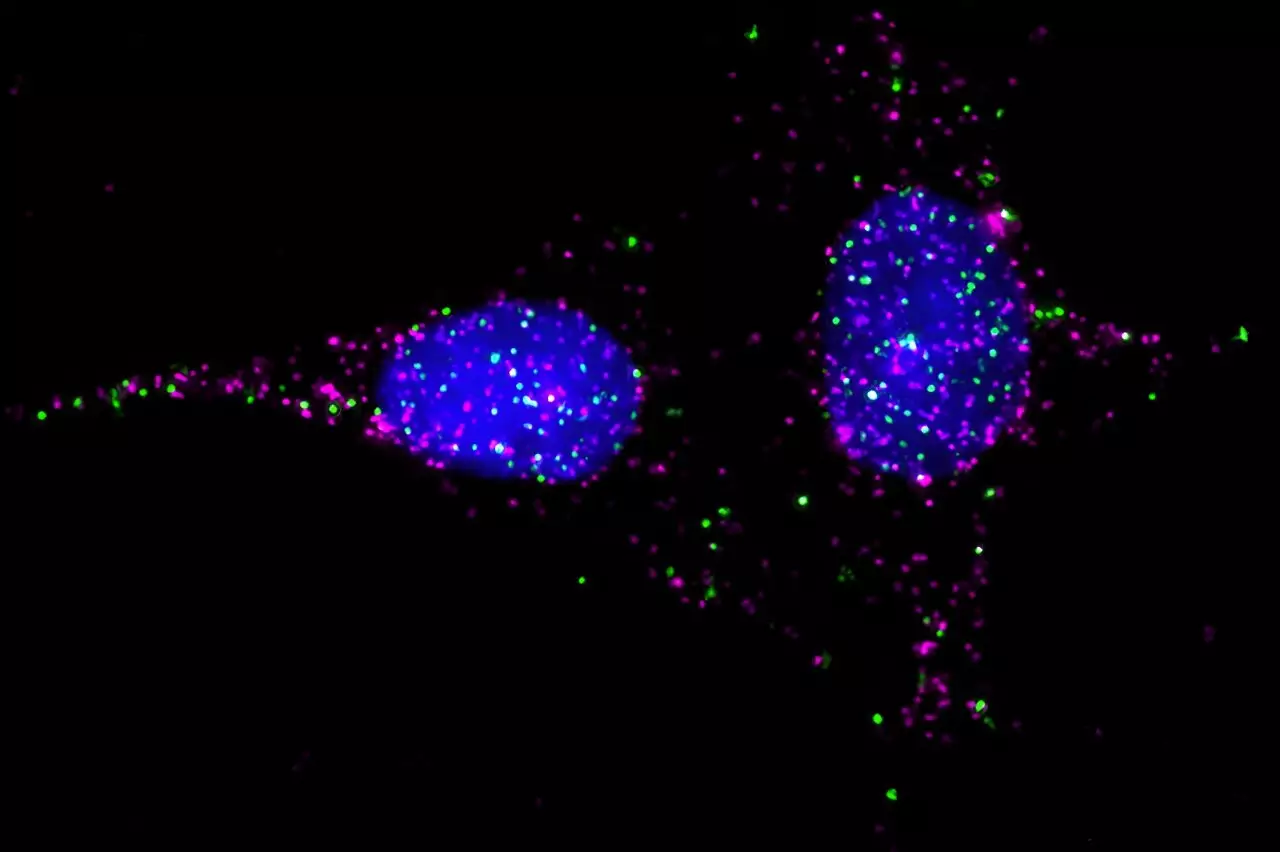In the realm of pharmacology, G protein-coupled receptors (GPCRs) represent a formidable force, with roughly one-third of FDA-approved medications designed to interact with this extensive family of receptors. These receptors, nestled on the surfaces of human cells, are pivotal in mediating a plethora of biological responses, from managing heart rate to alleviating allergic reactions. However, the intricacies of GPCR functionality have historically been oversimplified, leading to an incomplete understanding of their interaction networks, particularly with accessory proteins known as receptor activity-modifying proteins (RAMPs). This complex relationship is now garnering attention, highlighting the necessity for a more nuanced exploration of GPCRs.
Recent findings reveal that many conventional views regarding the action of GPCR-targeting drugs fail to consider how RAMPs influence these receptors. RAMPs play a crucial role in facilitating the transport of GPCRs to the cell surface while simultaneously modulating their signaling capabilities. For example, two cells might possess identical GPCRs, yet a drug may only exert its effects on one due to the presence—or absence—of a RAMP that properly positions the receptor for action. Such profound implications beg for a more detailed approach to understanding GPCR functionality at a molecular level.
Research led by Ilana Kotliar and Thomas P. Sakmar has made substantial headway in traversing this complex landscape. Their study sheds light on the expansive interactions between 215 GPCRs and their potential partners, advancing the field’s understanding of GPCR dynamics.
Innovative Approaches to Mapping Interactions
The ambitious work undertaken by Sakmar’s team, particularly during the challenges imposed by the COVID-19 pandemic, has culminated in a sophisticated assay system. This system synergizes existing technologies to allow for a comprehensive screening of GPCR-RAMP interactions—a feat previously considered unfeasible, given the nearly 800 known GPCRs and only three identified RAMPs. The crux of this study lies in its methodological advancement, employing a multiplexed approach that permits the analysis of hundreds of interactions simultaneously.
By utilizing antibodies from the Human Protein Atlas coupled with magnetic beads, the researchers crafted an experimental setup that could efficiently highlight the binding interactions between GPCRs and RAMPs. The color-coded system not only streamlines data collection but also facilitates high-throughput analysis, allowing for the systematic identification of which GPCRs engage with which RAMPs. This rich dataset stands to revolutionize both therapeutic strategies and basic biological research.
The implications of high-throughput mapping of GPCR-RAMP interactions are profound, reaching far beyond academic curiosity. Understanding these interactions is vital for developing more effective drugs, particularly as only a subset of GPCRs are currently targeted in therapeutic contexts. The identification of orphan GPCRs—those without known natural ligands—could open new avenues for drug discovery, as scientists can now investigate previously overlooked interactions that may lead to significant biological outcomes.
Moreover, the insights provided by this research bear potential in resolving the mysteries surrounding why certain GPCR-targeted drugs have failed in clinical trials. By realizing the role RAMPs play in mediating drug efficacy, researchers can refine their approaches to drug design, ensuring that new therapeutics are not just hitting the intended GPCR targets but are effectively resonating with the networked interactions at play within the human system.
As this research progresses, the availability of comprehensive online libraries of GPCR-related resources will facilitate collaboration and innovation within the scientific community. With the technological framework established by Kotliar and her colleagues, drug developers can now access a richer understanding of potential drug targets, tailoring their approaches with greater precision.
This study represents a significant leap forward in molecular pharmacology, emphasizing the critical roles that protein-receptor interactions play in drug efficacy. Ultimately, as the field embraces this newfound complexity, the prospects for developing more therapeutic agents that effectively utilize GPCR pathways could markedly improve, promising better health outcomes for patients worldwide.

